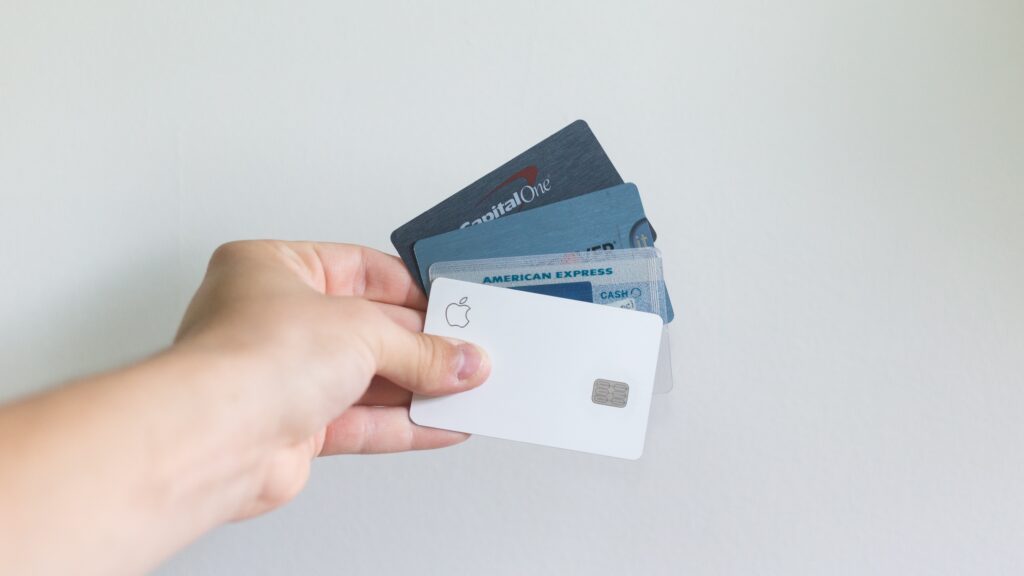How to Spot Fraudulent Transactions That Could Lead to Chargebacks
Sadly, fraud is a major risk for businesses both online and in the real world. If merchants don’t take steps to protect themselves, they stand to lose a lot in the form of lost products, chargebacks, wasted labor power, and more. Fortunately, you can often spot fraudulent transactions, and if you find suspicious activity, you can put purchases on hold.
Just how big of a threat is fraud for merchants? Juniper Research found that fraud costed merchants at least $40 billion in 2022 and costs may rise to $48 billion or more this year. Chargebacks, both in the real world and online, cost many billions too. As such, it’s imperative for merchants to protect themselves from chargebacks and fraudulent activity in general.
Let’s take a look at chargebacks, then dive into how you can spot fraudulent transactions.
Chargebacks Protect Customers but are a Threat to Merchants
Chargebacks are designed to protect consumers from fraudulent activity. If a cardholder notices that someone is making unauthorized purchases with their card, they can file a chargeback. Unfortunately, while chargebacks protect customers, this ultimately means that the cost of chargebacks often falls on businesses big and small.
By keeping an eye out for chargebacks, businesses can protect their bottom line. If a merchant gets hit with a chargeback stemming from a fraudulent transaction, not only do they stand a chance of losing the revenue from the sale, but they will also be hit with chargeback fees. Further, their chargeback ratio will rise, which could result in payment processors raising processing fees or flat-out refusing to work with the retailer.
On top of all the above, the merchant also stands to lose any products or services rendered. Given how expensive chargebacks truly are, it’s crucial to fight them. Remember: Arbitration is not your friend. One of the best ways to fight chargebacks is to spot fraudulent transactions early. This way, you can prevent chargebacks from occurring in the first place.
Monitor IP Addresses
One of the most common ways to spot fraudulent transactions is to monitor IP addresses and orders coming from places they probably shouldn’t be coming from. IP stands for Internet Protocol, and an IP address is a unique identifier that identifies a device on the Internet.
An IP address is typically tied to a general location. The address may not give you an exact physical address, like a house and street number. However, it often will tell you the general area that the device is in, such as Tokyo, Japan, or Chicago, Illinois.
If you have a customer in Chicago and suddenly their account makes a purchase from Tokyo, it could be due to criminal activity, such as an account takeover. Monitoring IP addresses manually would be very time-consuming. However, there are automated tools that you can implement, which will raise red flags if something seems off.
Unfortunately, many criminals know that merchants are watching for activity from strange locations. It’s relatively easy to set up a VPN that will show the web traffic as coming from a different place. So, a fraudster from say India or Canada might use a VPN to make traffic look like it’s coming from Detroit.
It’s generally pretty easy, however, to spot traffic coming from VPNs, and some automated tools will monitor for and raise flags if a VPN is detected.
Be Wary of Weird Shipping Addresses
Besides someone’s online IP address, you can also monitor for strange shipping addresses. Let’s say you have a reliable customer who has made several purchases from Boston, but suddenly, they put in a purchase from Tampa. You may want to pause the purchase to confirm with the customer that it’s a legitimate purchase.
In this case, the customer might simply be on vacation or might be spending time at a winter home. They could really be in Tampa. However, there’s also a risk that someone took over their account and is now trying to ship products to a location they control or at least can access.
It’s often better to be safe than sorry. If a shipping address seems suspicious, you should consider pausing the transaction until you can confirm that it’s legitimate.
Watch for Card Testing Attempts
Unfortunately, it’s pretty easy to steal credit card numbers and other payment credentials. Once they obtain stolen payment data, many fraudsters will use testing payments to see if the numbers work. Often, this involves making a small purchase, perhaps less than even a dollar. Merchants typically don’t pay as much attention to these charges, so criminals like to use them to make sure that the stolen payment methods work.
If a customer is making multiple small payments, especially with different payment details, you may want to block the transactions. Likewise, if someone makes a $1 purchase on Monday, and then tries to make a $1000 purchase on Saturday, it might be because they first tested the card, and now want to lock up an expensive purchase.
Vigilance Can Protect Your Business
Ultimately, fraud is a major risk for merchants big and small. By taking steps to spot and stop fraudulent transactions, merchants can reduce chargebacks, lost revenues, and more. Fortunately, various dispute management platforms and fraud monitoring solutions such as ChargebackHelp can be leveraged to automatically raise red flags and stop sketchy
transactions.
This article has been published in accordance with Socialnomics’ disclosure policy.










